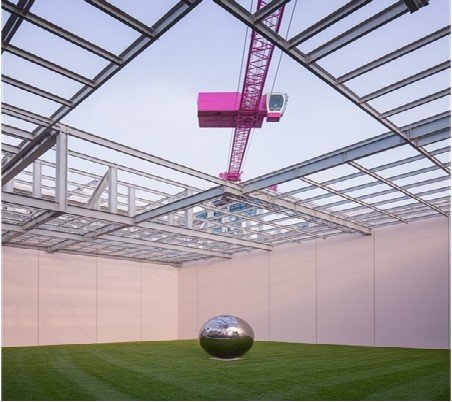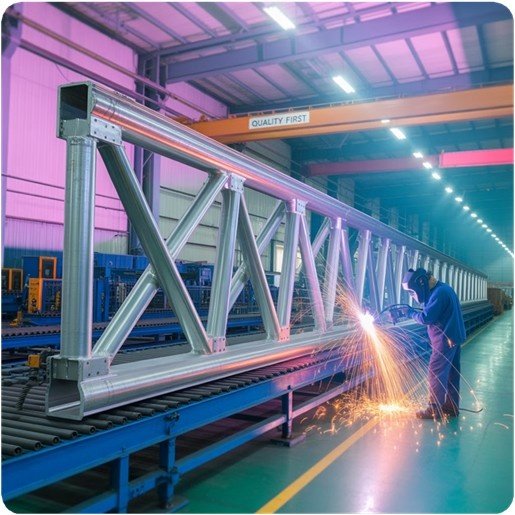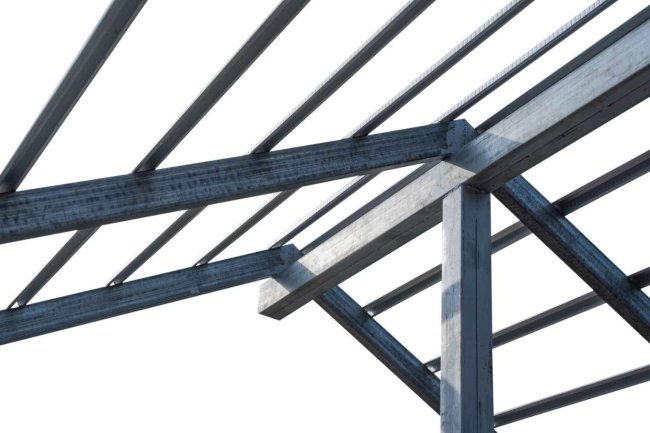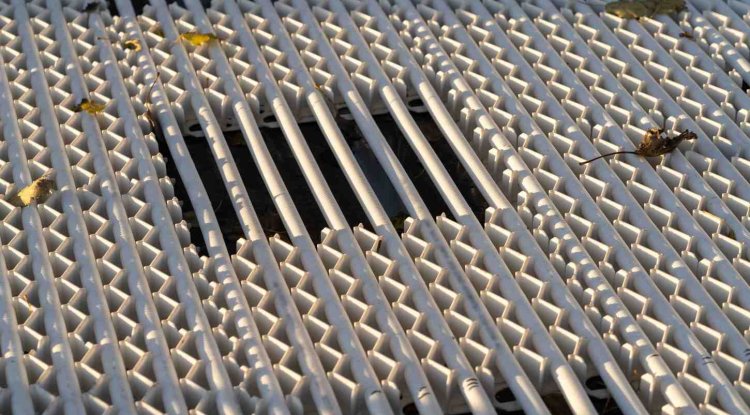Cold-Formed Steel vs Hot-Rolled Steel: Which Is Better for Modern Construction?
In today's construction landscape, choosing the right steel type can make or break your project's success. Cold-formed steel and hot-rolled steel each offer distinct advantages that can significantly impact your building's performance, cost, and timeline. Understanding these differences is crucial for making informed decisions that align with your project goals.

Understanding Steel Formation Processes
Key Performance Characteristics
Strength-to-Weight Ratio
Cold-formed steel excels with superior strength-to-weight ratios, making it ideal for residential and light commercial applications. Hot-rolled steel provides maximum load-bearing capacity for heavy industrial structures.
Precision & Tolerances
Cold-formed sections offer tighter tolerances and consistent dimensions, crucial for prefabricated construction. Hot-rolled steel has looser tolerances but accommodates larger structural requirements.
Surface Quality
Cold-formed steel delivers smooth, paint-ready surfaces that enhance aesthetic appeal. Hot-rolled steel requires additional surface preparation but provides excellent weldability for field connections.
Cost Analysis: Beyond Initial Material Pricing
While hot-rolled steel often has lower raw material costs, the total project economics tell a different story. Cold-formed steel's lightweight nature reduces foundation requirements, speeds installation, and lowers transportation costs. Labor savings from faster assembly often offset higher material costs.
Hot-rolled steel's cost advantage shines in large-scale projects where material volume creates economies of scale. However, factor in welding, surface preparation, and heavier equipment requirements for a complete cost picture.
Ideal Applications for Each Steel Type
Cold-Formed Steel
- Residential framing systems
- Light commercial buildings
- Mezzanines and platforms
- Curtain wall systems
- Pre-engineered buildings
- Modular construction projects
Hot-Rolled Steel
- High-rise building frames
- Industrial facilities
- Bridge construction
- Heavy machinery foundations
- Large-span structures
- Infrastructure projects
Design Considerations & Engineering Insights
Load Requirements Analysis
Evaluate structural loads early to determine if cold-formed steel's strength capabilities meet project demands, or if hot-rolled sections are necessary for heavy loading conditions.
Connection Design Strategy
Cold-formed steel relies on screws and bolted connections, while hot-rolled steel accommodates welded connections. This impacts both design flexibility and construction sequencing.
Code Compliance & Standards
Different design standards apply: AISI codes for cold-formed steel and AISC specifications for hot-rolled steel. Understanding these requirements early prevents costly design revisions.
Make the Right Steel Choice for Your Project
Expert Consultation
Partner with Consac LLC's experienced structural engineers to evaluate your project's unique requirements and select the optimal steel solution that balances performance, cost, and constructability.
Comprehensive Design Services
From initial concept through detailed design and BIM coordination, we deliver complete structural engineering solutions tailored to your project's specific needs and constraints.
Ready to optimize your next steel structure project? Contact Consac LLC today for a consultation and discover how our structural engineering expertise can enhance your project's success while maximizing value and performance.
What's Your Reaction?


















